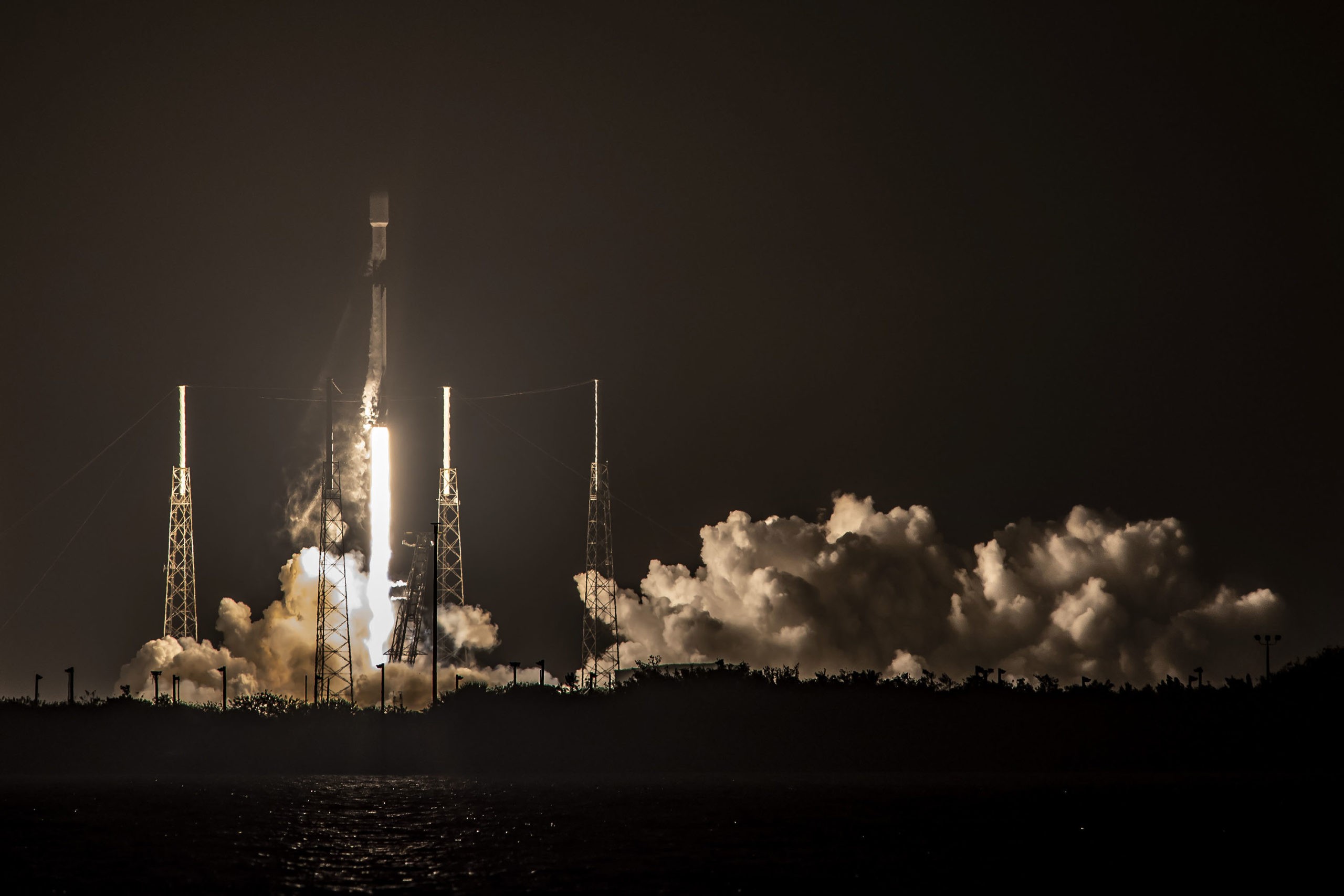SpaceX has just delivered a new batch of sixty Starlink satellites in low orbit, celebrating the 100th successful flight for its Falcon 9 rocket. Incidentally, it is also the seventh time the same booster is deployed. A record.
A Falcon 9 lifted off from Space Launch Complex 40, Florida, overnight Tuesday through Wednesday to deliver a new batch of Starlink satellites. This flight marked the 23rd launch of the year of the company, and the 100th total flight for this rocket model . About nine minutes later, its first stage – known as B1049 – returned to Earth, landing softly on its platform Of Course I Still Love You , deployed in the middle of the Atlantic. This flight also marked the seventh deployment of the same booster . Never before has SpaceX reused the same structure so much.
SpaceX currently has ten "veteran" boosters in its reserves, and three new heavy boosters that will be deployed for an upcoming military mission.
Note in passing that the company launched this Starlink mission just hours after performing the last static firing of its Starship SN8 prototype , in Texas. The engines of the "future interplanetary rocket" flared for several seconds before a new test flight that could take place next week.
Why mention the Starship? Because this project is closely linked to that of Starlink. SpaceX is indeed targeting the planet Mars, thus helping to make humanity a multi-planetary species. That said, going to Mars is expensive. Also, SpaceX intends to finance part of this colossal project with the income from its Starlink constellation which, as we recall, aims to offer broadband internet service to the entire planet.

With this latest launch, the company now has over 900 satellites in low orbit . Eventually, it is a question of deploying at least 12,000 . We're not there yet, but early testing in North America looks promising, company officials said.
Currently, data speeds indeed vary from 50 MB/s to 150 MB/s, and latency is 20ms to 40ms . Eventually, SpaceX promises that this speed should improve as the number of satellites in orbit increases (Elon Musk predicts a speed of 1Gb/s). For its part, the latency should eventually be reduced between 16 ms and 19 ms .
To log into the system, users must also obtain one of SpaceX's user terminals shaped like a small "UFO on a stick," as Elon Musk describes it. The equipment is not cheap:499 dollars (about 430 euros). They must also pay a monthly fee of 99 dollars (about 85 euros) so that the service can remain active. Again, these rates should change. On the equipment side, Elon Musk had indeed hinted a price around 80 dollars per month with installation costs between 100 and 300 dollars .